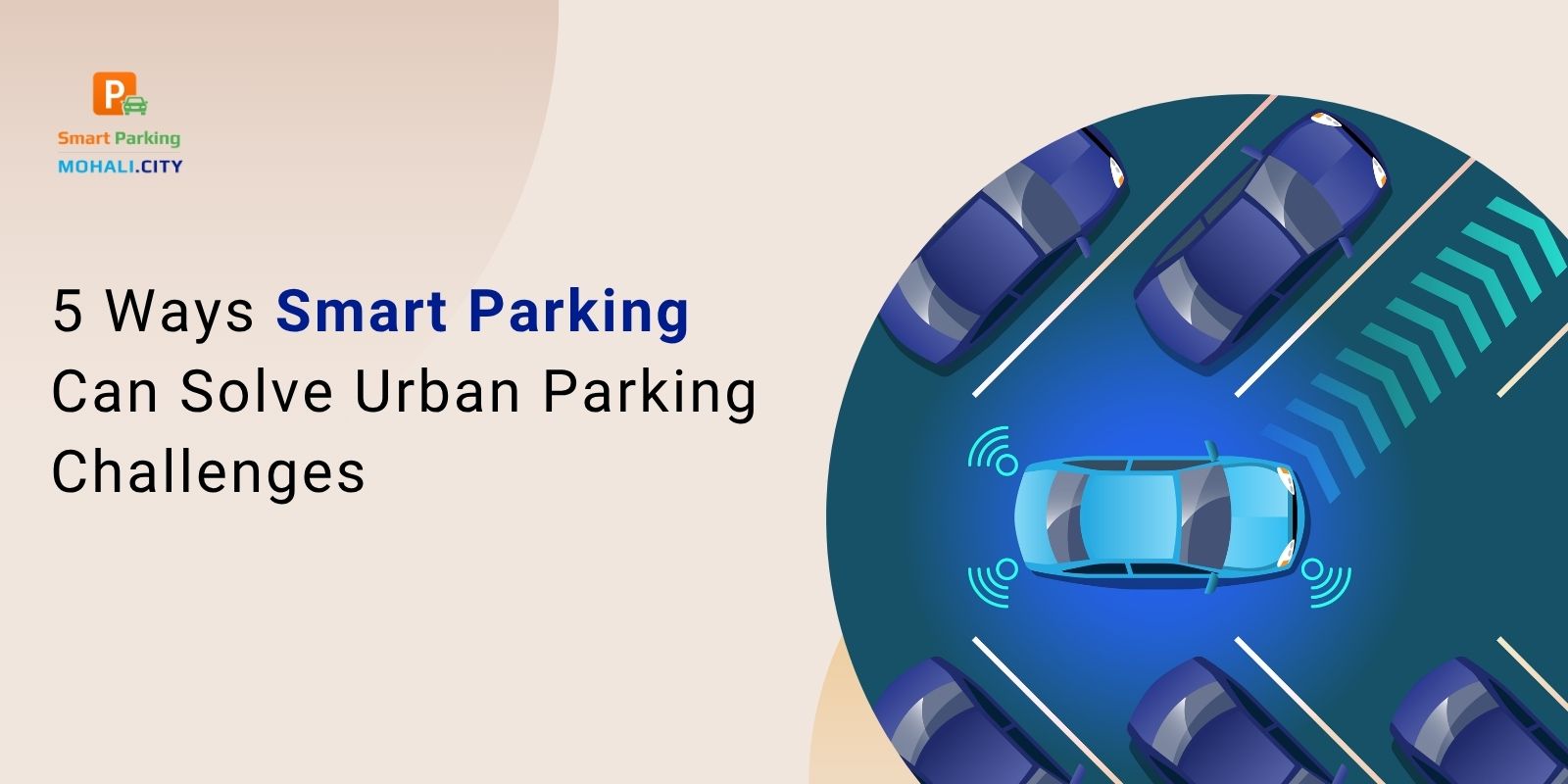Urban areas around the world are experiencing rapid growth. With increasing populations and vehicle ownership, cities are struggling to manage limited parking resources. From traffic congestion to air pollution and lost revenue, inefficient parking management is a major urban challenge. Fortunately, smart parking technology offers powerful solutions.
At jiSECURE, we specialize in smart parking systems designed to improve the urban experience for drivers, businesses, and city planners alike. In this blog, we’ll explore five ways smart parking can effectively solve common urban parking challenges.
1. Reducing Traffic Congestion
One of the most significant contributors to traffic congestion in cities is drivers cruising around looking for parking. Studies show that as much as 30% of city traffic consists of vehicles searching for a parking space.
Smart parking systems tackle this problem by using IoT sensors to monitor real-time availability of spaces and guiding drivers to open spots through mobile apps or dynamic digital signage. The result:
- Less time spent driving aimlessly
- Smoother traffic flow
- Fewer traffic jams in congested downtown areas
This not only benefits individual drivers but also improves overall mobility in the city.
2. Improving Space Utilization
In many urban areas, parking lots and garages are underutilized because of poor visibility or manual operations. Smart parking systems offer real-time space management, allowing operators and municipalities to:
- Monitor usage patterns
- Identify underused areas
- Optimize layout and access
Dynamic allocation of parking based on demand ensures maximum utilization of every available spot—boosting efficiency and capacity without expanding physical infrastructure.
3. Enhancing User Experience
Drivers today expect fast, seamless, and digital-first experiences. Traditional parking systems often involve:
- Searching blindly for a spot
- Carrying coins or walking to meters
- Risking fines due to overstays
Smart parking enhances the driver experience through:
- Real-time parking updates
- Mobile app navigation to available spaces
- Digital payments and time extensions
With fewer frustrations and a more reliable process, cities and private operators benefit from higher user satisfaction and loyalty.
4. Lowering Emissions and Environmental Impact
Urban parking challenges are closely linked to environmental issues. More time spent driving and idling means more carbon emissions. In fact, inefficient parking behavior contributes significantly to urban air pollution and climate change.
Smart parking solutions reduce this environmental impact by:
- Minimizing driving time
- Lowering fuel consumption
- Promoting better traffic distribution
Some smart parking systems even integrate with EV charging stations, supporting the transition to cleaner mobility and making cities greener and more sustainable.
5. Increasing Revenue and Reducing Operational Costs
For city governments and private parking operators, managing parking isn’t just a logistical challenge—it’s a financial one. Manual systems often lead to:
- Uncollected fees
- Inefficient staffing
- Lost revenue opportunities
Smart parking introduces automation and data-driven insights that:
- Enable dynamic pricing based on demand
- Reduce manual labor and operational overhead
- Improve payment compliance with cashless options
- With better tracking and control, operators can maximize revenue and cut unnecessary costs, ensuring long-term profitability and growth.
Conclusion
Urban parking is a complex problem, but smart parking technology offers a scalable, intelligent, and user-friendly solution. From reducing congestion and pollution to enhancing convenience and increasing revenue, the benefits are clear.
















Share this post on: